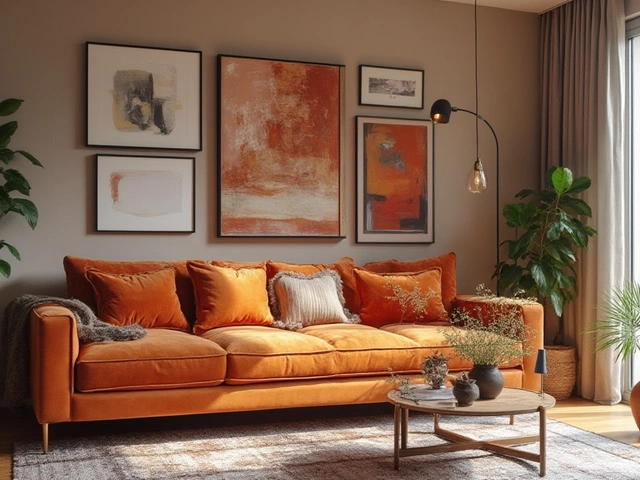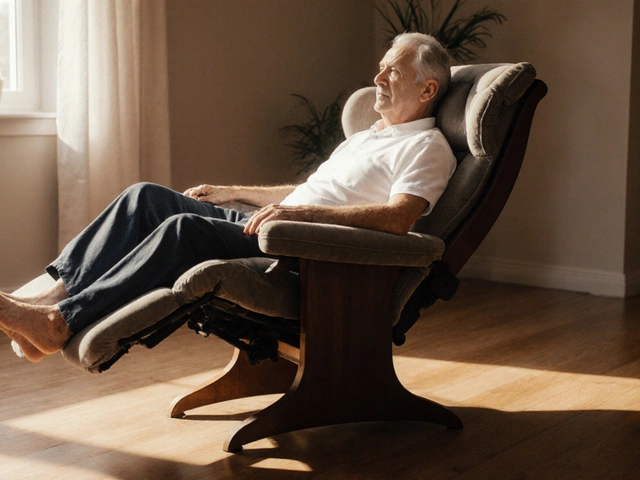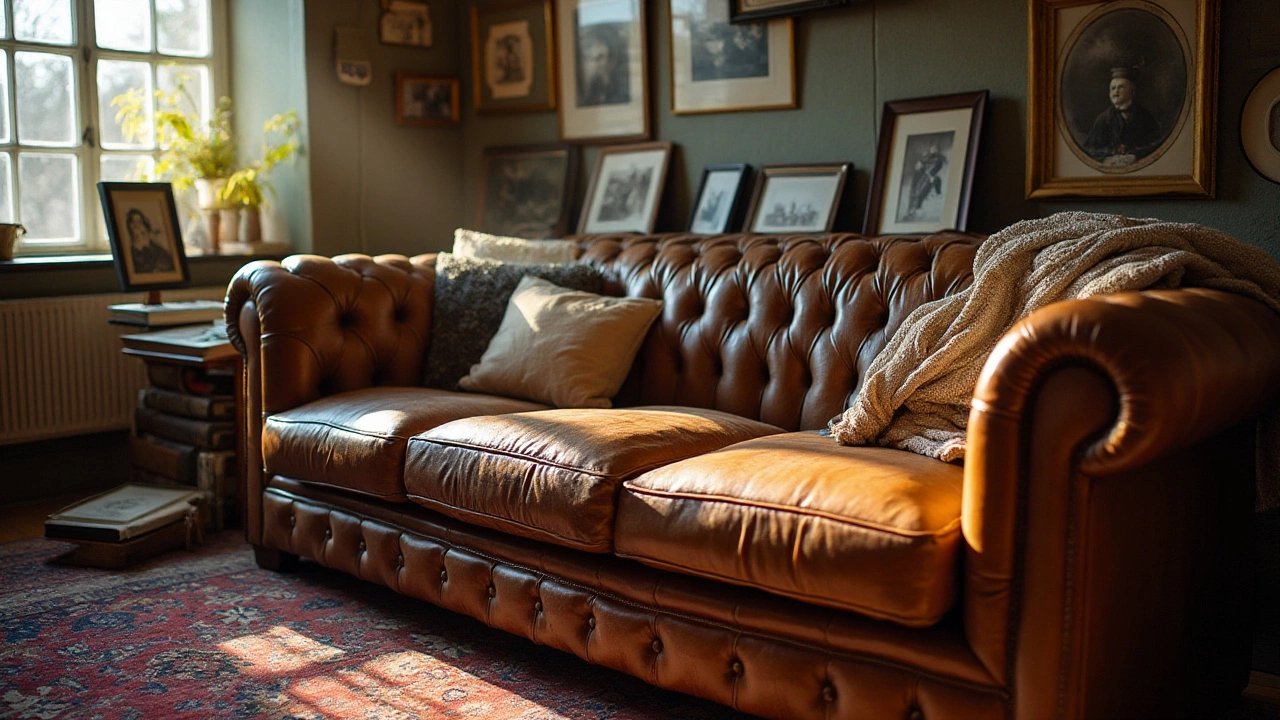 5
Nov,2024
5
Nov,2024
Sofas are more than just seats; they are silent witnesses to countless memories—family gatherings, lazy Sundays, and movie nights. But how long do people generally keep these beloved pieces of furniture? The answer varies and depends on many factors. From daily wear and tear to the quality of materials used, each sofa has its journey, dictating how long it will stay by your side.
Understanding the average lifespan of a sofa and the factors that influence its longevity can guide homeowners in making informed decisions about their living spaces. Whether it's a cherished hand-me-down or a sleek new model, care and maintenance play a pivotal role in ensuring comfort and aesthetic appeal.
In this article, we'll explore the nuanced relationship between people and their sofas, offering practical advice on how to extend the life of this significant household staple. We'll also help you recognize the signs that it might be time to usher in a change. After all, a well-loved sofa is not just a piece of furniture; it's part of your home's soul.
- Average Sofa Lifespan
- Factors Affecting Sofa Durability
- Maintenance Tips for Longer Sofa Life
- When to Replace Your Sofa
Average Sofa Lifespan
Let's dive into the lifespan of a typical sofa—an essential item that sets the tone for relaxation in our homes. On average, people replace their sofas every 7 to 15 years. Various factors drive this generous gap. Many owners decide on replacement not because the sofa is unusable, but because they crave a fresh look or improved functionality. During this time, a sofa endures a lot. It's not just for sitting. It's a makeshift bed, a jungle gym for kids, and even the favorite spot for our furry friends.
The material used in the making of a sofa greatly influences its durability. Sofas wrapped in protective and robust leather often last longer compared to those covered with synthetic fabrics. The framework, typically made from hardwood or a combination of hardwood and plywood, also plays a critical role. A well-built frame means a longer life. Let's not forget the role cushions play—they sag with time, reflecting the sofa’s age and use. Regular plumping and rotation can help maintain their shape longer, countering the inevitable gravity pull.
According to the furniture expert Bob Villa, "When it comes to replacing a sofa, consider the frame more than the fabric. A good sturdy frame can last decades and can be reupholstered for a fresh look." This insight underscores the importance of what's beneath the surface. If the foundation is solid, a makeover might be all you need. Regular cleaning is also key. Dust and dirt are silent furniture killers, wearing down surfaces over time.
Let's take a closer look at how the materials influence the lifespan. It's prudent to note that quality, design, and style can mean different things to different individuals, largely depending on a person's budget and tastes. A custom-designed piece made from top-notch materials will naturally outlast an off-the-shelf discount store find. Thus, when it comes to the average sofa lifespan, asking specific questions about construction materials gives potential buyers the upper hand. Such inquiries clarify not just the likely durability but also the care required to maximize longevity.
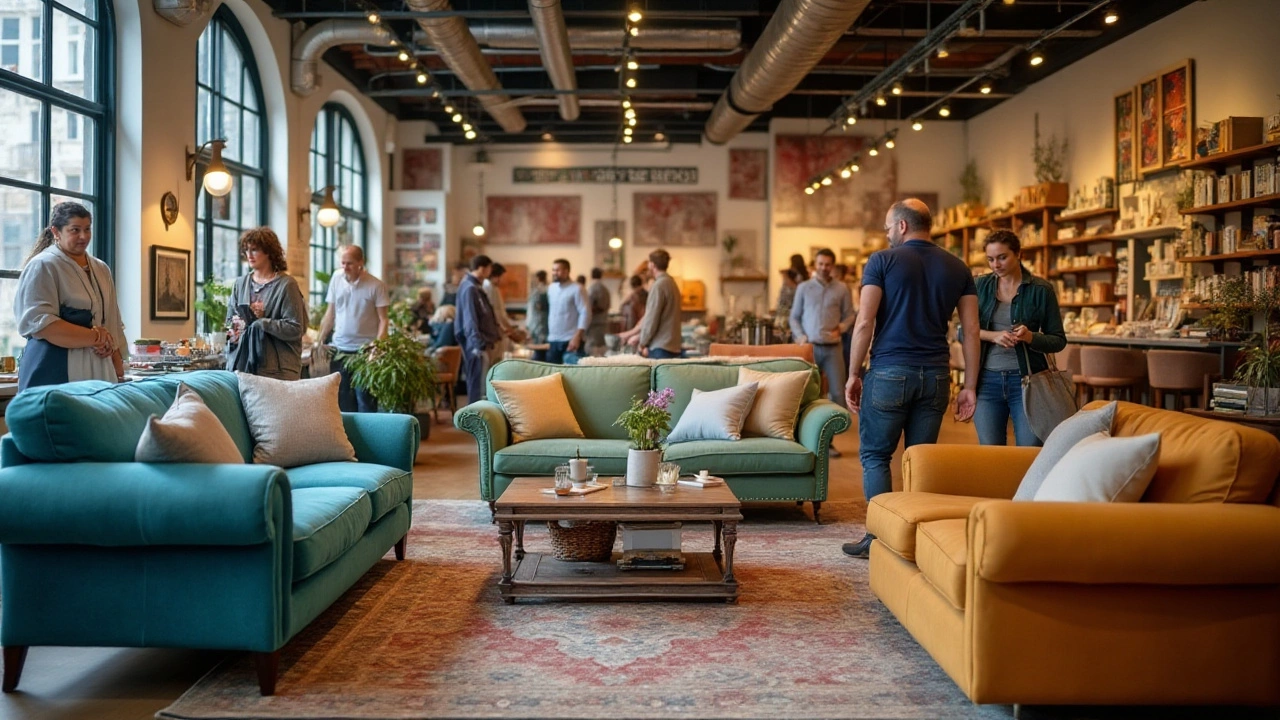
Factors Affecting Sofa Durability
When considering how long a sofa might last, several factors come into play, each contributing to the overall lifespan of the furniture. The type of materials used in its construction is a primary consideration. Sofas built with hardwood frames, such as oak or maple, tend to be more durable than those crafted from softwood or metal. The quality of the upholstery is equally important; leather and high-grade synthetic fabrics often offer longer durability compared to cheaper options. These materials not only withstand wear and tear but also resist stains, fading, and other forms of deterioration that can occur with daily use.
Another key factor is the construction method. Mortise-and-tenon joints, dowels, and corner blocks can add significantly to a sofa's lifespan compared to those that rely solely on staples and glue. The quality of the springs, such as eight-way hand-tied springs or sinuous springs, often relates directly to how comfortable the sofa remains over time. Cushions with high-density foam, wrapped in fiber or down, provide both comfort and a longer-lasting shape. Expertise in craftsmanship cannot be overlooked; skilled artisans contribute to the longevity of a piece through meticulous attention to detail during assembly.
Usage patterns significantly affect the lifespan, too. Sofas in high-traffic areas or homes with pets and children often experience greater wear and tear than those in households with different dynamics. Routine maintenance can mitigate some of this effect, as regular cleaning and the occasional professional deep clean can help maintain the condition of the fabric and cushions. Protectors or slipcovers also offer additional layers of defense against potential damage. The environment where the sofa is placed plays a subtle yet influential role; rooms with high humidity or direct sunlight can cause materials to weaken or fade prematurely.
"The durability of any piece of furniture is a reflection of the materials used, the skill of the craftsmanship, and how well it is maintained," says Jamie Wooldridge, an expert in sustainable furnishings.
It is also useful to consider trends and personal tastes, as changes in fashion might prompt replacements before structural integrity truly necessitates it. Not only do these shifts spur new purchases, but they also provide direction in selecting the style of new furniture, ensuring it complements the evolving aesthetic preferences of the homeowner. As we explore the conditions affecting sofa durability, understanding these factors allows us to make better choices not only in acquisition but also in care and maintenance strategies, ensuring that your seating solution stands both the test of time and the demands of everyday life.
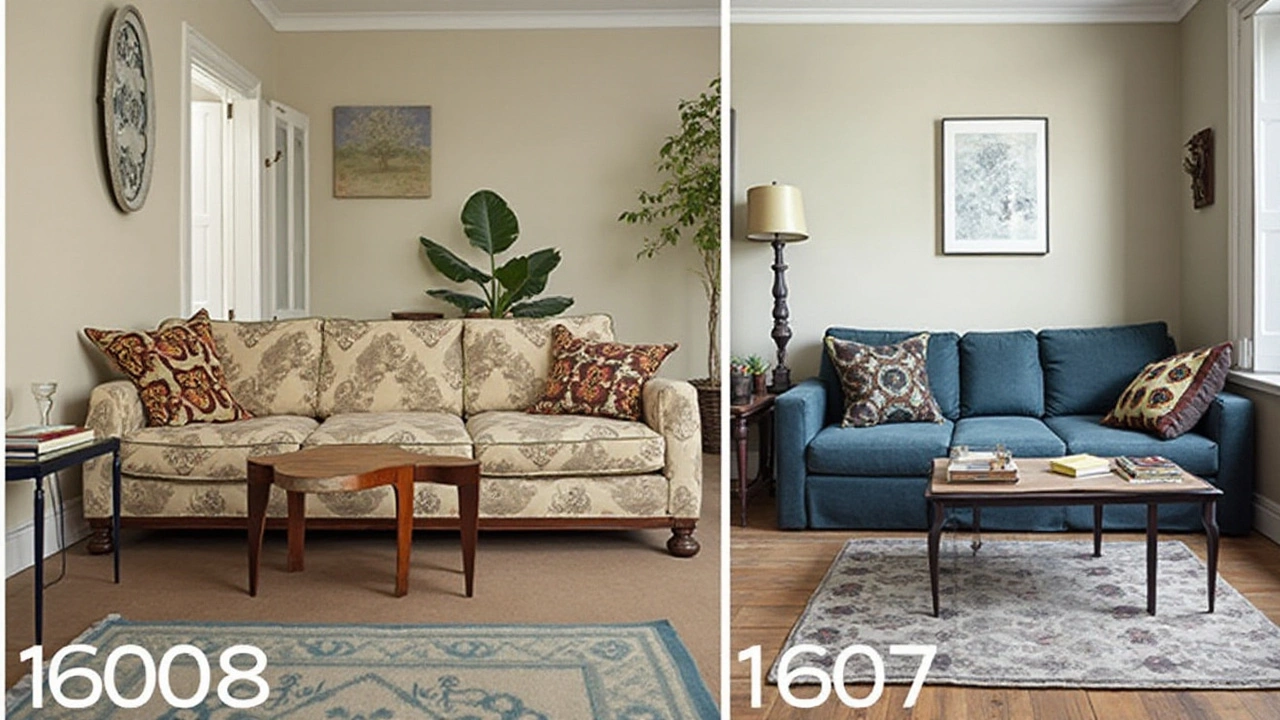
Maintenance Tips for Longer Sofa Life
Extending the life of your sofa requires a mix of cleaning know-how, regular upkeep, and understanding the materials used in its construction. A well-maintained sofa not only saves you money in the long run but also enhances the comfort and look of your home. One of the best ways to ensure your sofa's longevity is by placing it in an ideal location. Make sure it's away from direct sunlight to prevent fading, as UV rays can bleach out color and weaken fabric fibers over time. Similarly, avoid exposing your sofa to high heat sources, like radiators or fireplaces, which can cause cracking in leather or fading in fabric upholstery.
A regular cleaning schedule can do wonders for maintaining your sofa's appearance and structural integrity. Vacuuming once a week with an upholstery attachment can help keep dust and debris from nesting in the fabric, which could lead to deterioration or discoloration. For stains, it's best to address them immediately. Blot the stain with a clean, dry cloth instead of rubbing it, which can spread the stain and push it deeper into the fibers. Test any cleaning solutions on a hidden spot first to ensure it won't damage the material. Rotate seat cushions regularly to promote even wear and reduce sagging, keeping all parts of the sofa uniform in appearance.
Preserving the durability of your sofa also means regular inspections. Check for any loose threads or buttons and ensure the frame is still in good shape by looking under the cushions for signs of wear or damage. Tighten screws and bolts on the sofa's legs or frame as needed. This may sound tedious, but attending to these small details can prevent more severe issues down the road. For those with pets, investing in a suitable cover not only protects the sofa from fur but also guards against clawing incidents.
"A well-cared-for sofa should last seven to 15 years," notes interior designer Emily Henderson, emphasizing the importance of upkeep and care.
If your sofa is made of leather, moisturizing is crucial. Leather can dry out and crack, so treating it with a special conditioner every six months will help keep it soft and supple. Don’t forget to dust wooden or metal furniture parts with a soft cloth regularly. Keeping these areas clean not only maintains aesthetics but also ensures that grime doesn't damage the finish or structural elements.
To truly extend the life of your home decor investment, consider professional cleaning once a year. Professionals have the tools and expertise to deeply clean fabrics and leathers, removing particles and stains that home cleaning can't reach. They can also help identify early signs of wear, potentially saving your sofa from an untimely replacement.

When to Replace Your Sofa
There comes a time in every sofa's life when it begins to show signs that it's ready for retirement. But how do you know when your beloved furniture has reached the end of its journey? One of the most telling signs is structural integrity. If you find that your sofa sags in the middle, or you can feel the hard edges of its frame through the cushions, this could be a strong indication that it is time to think about a replacement. Sofas typically last between 7 to 15 years, depending on quality and care, but listening to the furniture itself can be more telling than any statistic.
Other visible signs might be faded upholstery, worn-out cushions, or stubborn stains that no cleaning product can eradicate. When the fabric starts looking tired, and the once-vibrant color has dulled considerably, it might be time for the sofa to go. Another aspect to consider is comfort. If sitting on your sofa now gives you backaches rather than relaxation, it’s another clear signal. An uncomfortable sofa is more of a hindrance than a help, and life’s too short for an unpleasant seating experience.
Practical considerations aside, there’s also an emotional angle to this decision. Perhaps your lifestyle has changed — children have grown up or moved out, and the large sectional that was once perfect now feels oversized. Maybe you’ve moved to a new home, and the design aesthetics or dimensions no longer work. As your living space evolves, so should its furnishings. A fresh sofa can breathe new life into a room, becoming a centerpiece for personal expression and home decor while aligning with any aesthetic preferences and needs you may have.
Even with the best care, time takes its toll on all things, and a sofa is no different. According to some interior design experts, "A sofa should be comfortable but also a reflection of your personality," so when it stops fitting the bill, it might be the perfect moment for an update. Additionally, advancements in furniture durability mean that newer models might offer unexpected perks that your old sofa simply cannot compete with, from stain-resistant fabrics to secret storage compartments.
Sofa lifespan and replacement isn't just about when things start to physically break down, it's about ensuring your home is a place that offers you joy and relaxation. If your sofa no longer supports those ideals, then giving yourself permission to seek out something new can be quite liberating. While it might be hard to say goodbye to what has been a significant part of daily life, the prospect of welcoming a stylish, comfortable new member into your home is an exciting venture worth considering.



